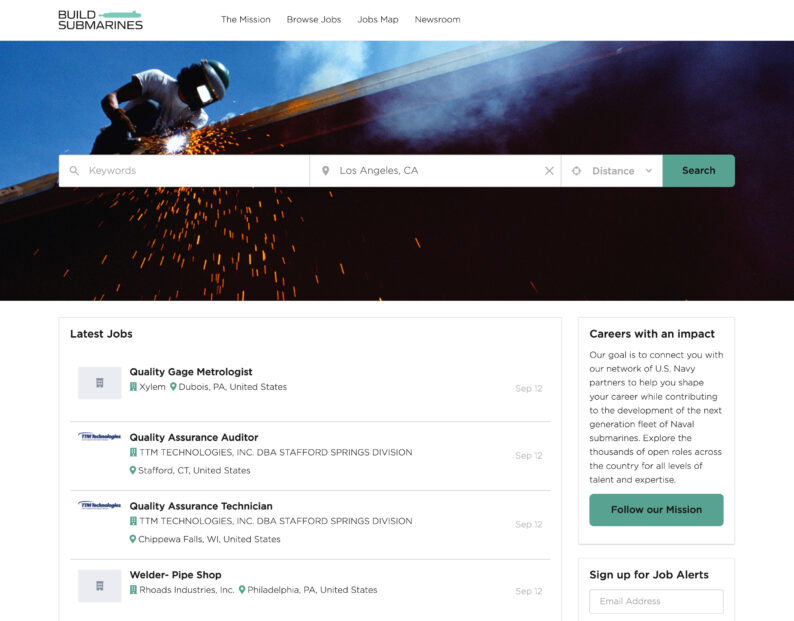Hiring for a startup is much different than hiring for an established company. Of course, founders already know this – but it’s important to do startup recruitment and hiring in a different way than you might have experienced or learned about in other contexts. From the job posting to interviews, startup hiring is a distinct field. To navigate it correctly, you have to understand where the distinctions are between hiring for a brand new company and recruitment at places like Facebook and Google.
Mission and Vision Come First
You should focus first on what you can offer candidates, rather than on what competitors may be enticing them with.
“As a startup you need to come to grips with the fact that for now, when it comes to hiring, you cannot compete on salary, benefits, or even brand, because, well – you don’t have one (yet),”according to ERE.net. “You are selling candidates on the vision and mission of what your startup has set out to accomplish.”
That mission and vision should be clearly articulated in your job posting. Since it is a large part of what makes working for you more appealing to certain people than working for a large firm, it needs to take pride of place. It should also be fairly concrete – it’s easy to say you’re looking to innovate in a certain field, or to improve the lives of consumers or a particular segment of the population, but it’s also important to note how you plan to accomplish this.
Rather than focusing in on how you have a few arcade machines and a weekly happy hour, talk about what value you’re bringing to the market and how you’re going to make sure it translates well to the end user of your product or service. It’s completely permissible to mention fun startup perks, but they are secondary.
Be Careful with Your Tone
Even if you’re operating in a niche or luxury market, there will always be candidates who are passionate about what you are doing. It’s not necessary to write that your new solution for dog-walking will change the world – it’s enough to say it will change the market. In fact, it can seem disingenuous or prideful to assert a new way to choose where to meet for a business lunch will in fact change the world. It won’t – and employees don’t need to believe it will to be interested in it. Make sure your mission and vision statements are scaled to reality, while still being aspirational. This will attract candidates with precisely the right attitude for your field, which is what you really want.
Interviewing Like a Startup
The interview process at startups is also different from that at large companies, and for good reason. It’s unlikely that you need to hire a specialist in any field at this point, so you’re looking for candidates who can take on plenty of roles at once. This alone separates your needs from those of an established firm, and it should separate your interview process from theirs as well.
For instance, it’s sensible to involve as many employees as possible in the interview process for top candidates. Every employee at a startup will work closely with each of his or her colleagues, so a social fit is as important as the right background and skill set. Everyone who already works for you needs to be sure they can collaborate with every new hire, especially at this early stage of your business. Luckily, most startups are small enough that you can introduce candidates to everyone directly. Doing this may be as easy as inviting finalist candidates out to lunch with the company after their interviews, or inviting different employees to sit in on segments of the interview process.
Consider a Trial Period
Some startup hiring practices have gotten an unnecessarily bad rap. One of these is the pre-employment test, which some companies use to get free labor. In concept, however, it’s not a bad idea at all. A small, easy project can be a great way for a candidate to determine whether he or she would be happy doing the kind of work you’re offering, while you’ll get the chance to see what his or her abilities are like. The way to avoid becoming a horror story on an employer-review website for employing this tactic is simply to pay the candidate for his or her work, just as you would a freelancer. Of course, this means you’re going to want to narrow the candidate list down to the absolute top talent before you offer them such a test – paying everyone who applies to complete a project can quickly break a budget.
Embrace Your Unique Hiring Needs
It’s important to hire like a startup to get top startup talent – people who can innovate are necessary for your success.








